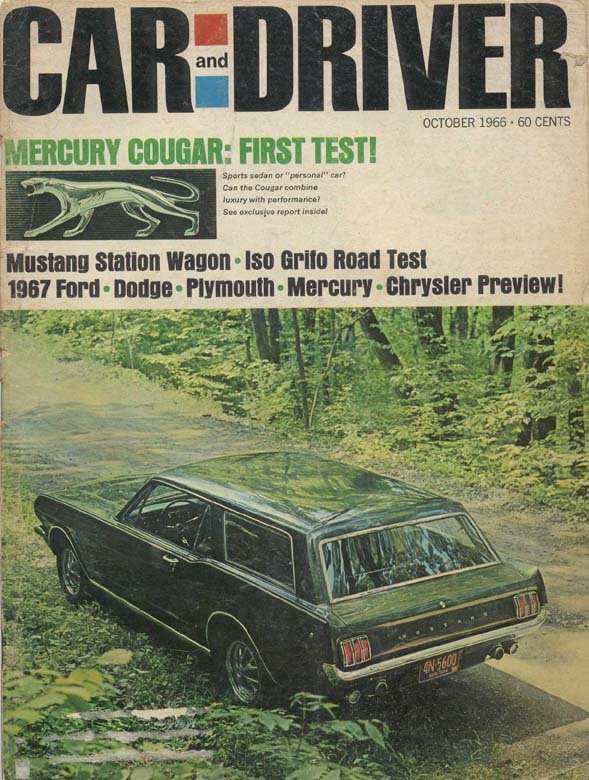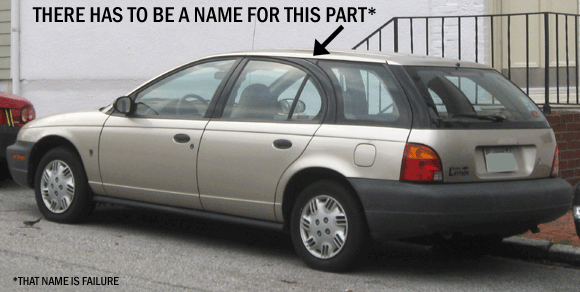A content audit will reveal many things about the state of your online content. That audit must be used wisely. Decisions must be made to keep, discard, modify, or acquire content based on an audit’s results. DO SO WITH CAUTION.
Recently, there have been a good number of articles written about the content audit. Abby Gilmore wrote a great post about a content audit’s assembly and importance.
The decision to create content should always be approached with reverence. It should carefully informed and considered in the light of your larger business goals. And the the most base level, it should be A GOOD IDEA.
Automobiles, viability, and the content audit
Auto makers have wrestled with the concept of the content audit ever since Henry Ford decided to make something other than the Model T.
To their credit, the car giants examined their “content audits” with an eye on efficiencies. In this case, the content audit would inventory the parts, assemblies, and processes available for making other cars.
If they could make a 1956 Ford sedan, they could make a 1956 station wagon with many of the same parts. Efficiency!
Boy, they made beautiful wagons. (See above image.) Keep in mind that this was a golden era for the station wagon. The post-war baby boom created a need for cars that could hold the growing American family. The station wagon became an art form. So much so, books about “Station Wagon Living” were written, even.
Auto makers saw a need not met fully anywhere else. Their then-current sedan platform and common selection of parts made the station wagon’s manufacture relatively simple. And, the designers knew the medium. Magnificent vehicles were created.
In 1966, Ford was presented with the idea of making that rambunctious, sporty Mustang into a STATION WAGON. Really. After all, station wagons had been selling. So had the Mustang.
Luckily, they passed on the idea. Sure, a few would have sold, but at what expense to the brand? They realized that it would have been a less-than-great idea. See for yourself:

Accelerate to 1996. An ugly station wagon came on the market. Saturn foisted the abomination of the model SW1 station wagon onto the innocent buying public during the height of the station-wagon-shunning SUV boom of the mid 1990s.
Sure, ugly station wagons had appeared before. The 70s saw the Pacer and Gremlin station wagons, after all.
But, Saturn wanted a part of the market. They saw things in the same way as Ford did in 1956, but without the demand of the marketplace or the design sensibility. And this is what happened:

It looked as though they had, at the last minute, carelessly grafted the bits of a station wagon on the back of their sedan. Despite Saturn’s marketing claims of being a “different car company,” they delivered a turd.
Website content, viability, and the content audit
Many of us have personally witnessed online content audits that highlight poor content quality, inaccuracy, and a considerable disregard for sustainability. Those findings are often ignored. More content with those same attributes finds itself on websites.
The content audit can make the task of determining what stays online and what gets dismissed a much easier and presentable endeavor.
Hard questions will get asked in the audit process. Basic business principles will get called into question. Someone might say, “This sounds like a bad idea on par with making the classic Mustang into a station wagon.”
It may be difficult, but that is part of what makes the content audit such an effective tool. Nothing else lays bare, in black and white, these things:
- What is being done internally (workflow, ownership, governance)
- What content is being presented to the public
- What constitutes the public image of the company
On the other hand, audits also present some gaps, some opportunities, that might seem like good ideas. Some will be. Those revelations should be tempered by examining them through the lens of your overall content strategy.
Many of those ideas won’t fare as well. Though bright and shiny on the surface, they will ultimately prove unsustainable, unwanted, and unwise. Like that appalling Saturn station wagon.
The content audit has a great deal of power. USE IT WISELY.
Here is an advert that shows the marketing behind that beautiful 1956 Ford station wagon:
